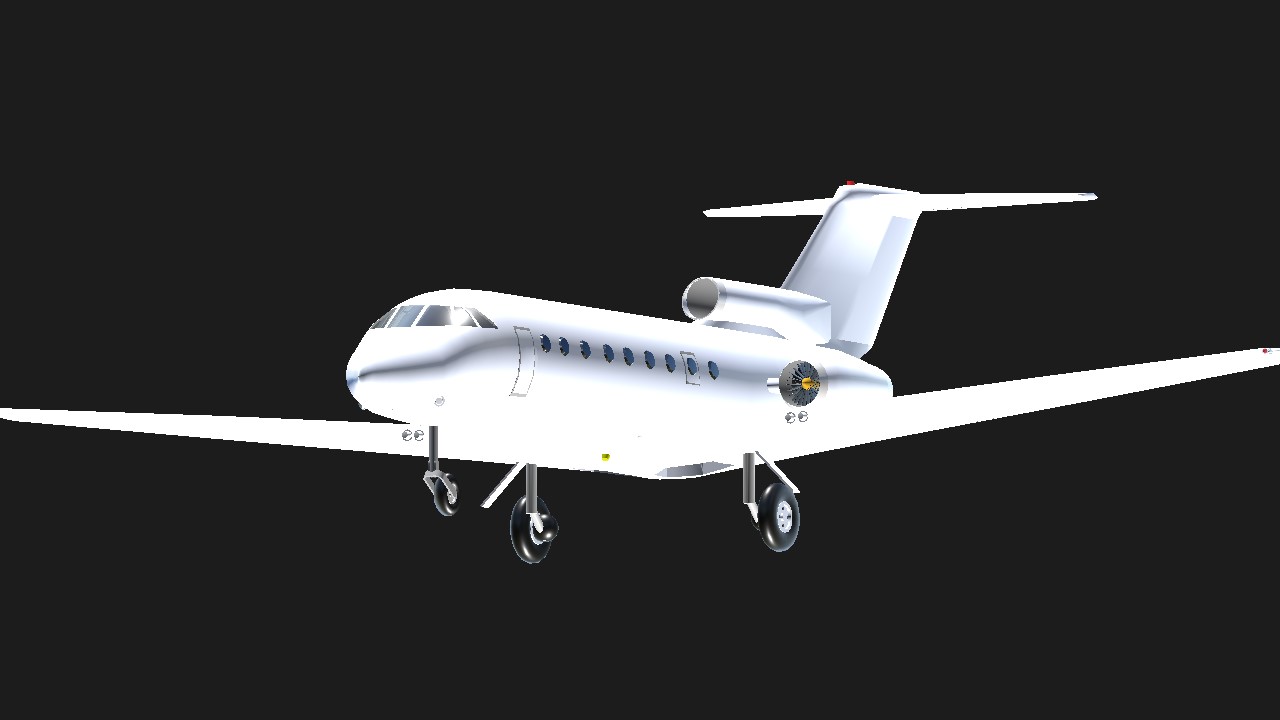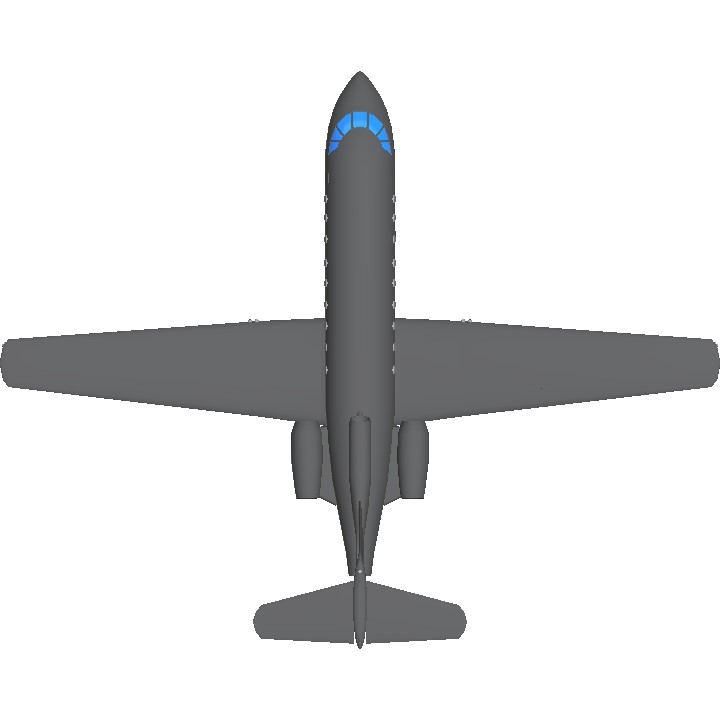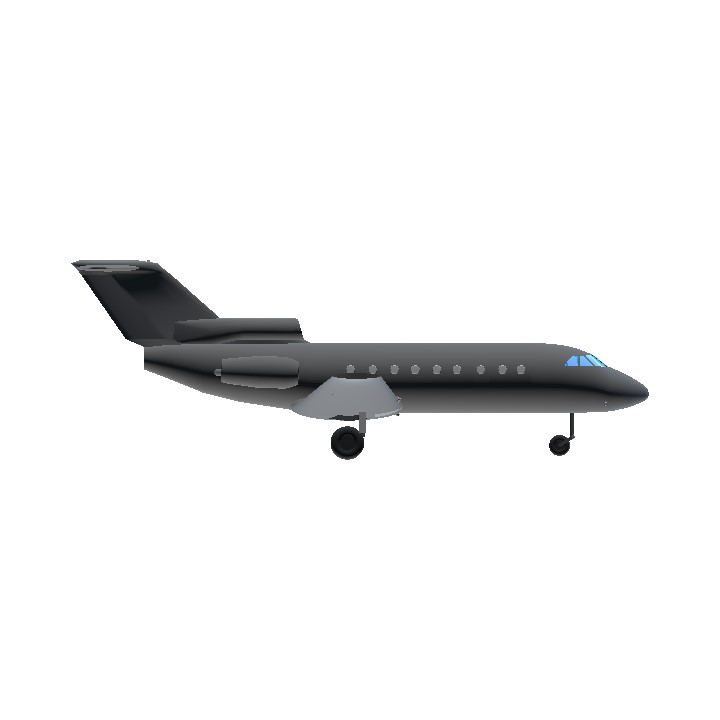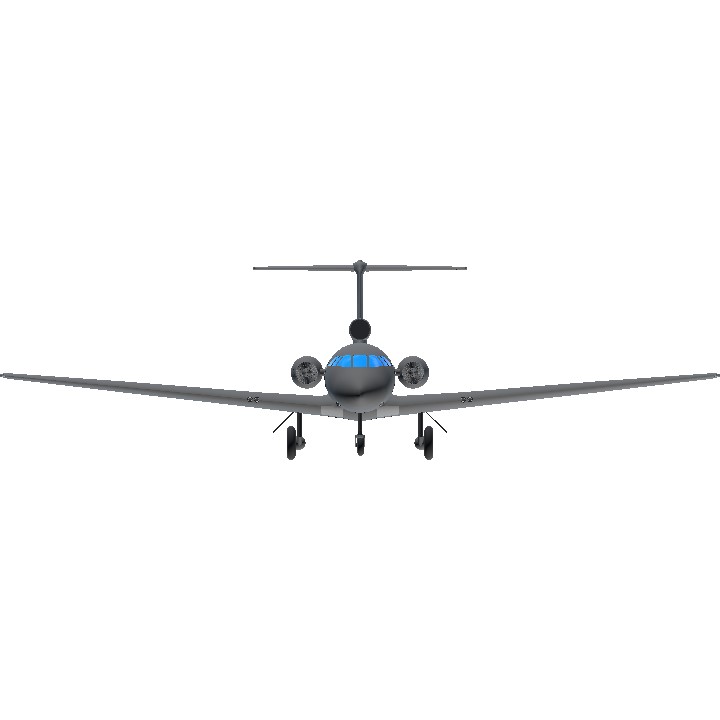Hi, everybody
Version 1.0.1
Yak-40 Early
The Yak-40 (NATO codification: Codling) is the world's first three—engine turbojet passenger aircraft of the 3rd class for local airlines, developed in the USSR in the 1960s.
The decree of the Council of Ministers of the USSR on the creation of an aircraft to replace the Il-12 and Il-14 was issued in 1960. The Yak-40 project was developed at the Yakovlev Design Bureau in 1964.
Before the Yak-40, the Yakovlev Design Bureau had never been engaged in the design of multi-seat passenger aircraft, the main focus of the Design Bureau was training, combat and sports aircraft. The appearance of the Yak-40 aircraft on local airlines made it possible to replace the outdated piston-engined Il-12, Li-2 and Il-14 aircraft that had been flying on domestic Soviet lines for a long time.
When designing the aircraft, the designers were faced with the task of finding a compromise between reliability, ensuring high flight safety, and economy, as well as unpretentiousness to the airfield and modern comfort for passengers. The Yak-40 does not need airfield mobile ladders, a folding boarding ramp is provided in the tail section.
The prototype was built in 1965, flight tests began in 1966: on October 21, the first flight of the Yak-40 with three dual-circuit turbojet engines (turbojet engines) AI-25 took place. The machine was piloted by test pilots A. L. Kolosov, Yu. V. Petrov. At the same time, the aircraft was put into serial production at the Saratov aviation plant, and the first aircraft were transferred to Aeroflot.
Coat of arms of the working settlement of Bykovo, Moscow region
The first regular Yak-40 flights began from Bykovo airport, which was reflected in the coat of arms of the urban settlement of Bykovo in the Ramenskoye district of the Moscow region in 2009.
The first-generation aircraft had 24 passenger seats. For some time, the aircraft was produced with a take-off weight of 14.7 tons and a number of seats of 27. The flight range was 710 km (with fuel reserves). Later, they began to produce an improved version with a take-off weight of 16.1 tons and a number of seats of 32. With this modification, it was possible to increase the flight range. A scheme with a straight wing and aft installation of three engines, the middle of which is equipped with a reversing device. Horizontal flight with one of the three engines is possible.
By the middle of 1972, Yak-40 aircraft had flown more than 150 million kilometers and carried about 7 million passengers.
Since 1975, a variant of the Yak-40K aircraft has been produced for cargo and mixed transport. The maximum commercial load on it has been increased to 3,200 kg. Simultaneously with the passenger versions, an administrative version of the aircraft with 1st and 2nd class cabins was produced
Ag1. -
Ag2. Strobe lights
Ag3. Landing lights
Ag4. Cabin lights
Ag5. Open the main door
Ag8. Engines
Have a nice flight!
Specifications
General Characteristics
- Predecessor Yakovlev YAK-40
- Created On Android
- Wingspan 84.0ft (25.6m)
- Length 67.4ft (20.6m)
- Height 23.2ft (7.1m)
- Empty Weight N/A
- Loaded Weight 35,293lbs (16,008kg)
Performance
- Power/Weight Ratio 0.477
- Horse Power/Weight Ratio 0.014
- Wing Loading 13.7lbs/ft2 (66.8kg/m2)
- Wing Area 2,579.5ft2 (239.6m2)
- Drag Points 4916
Parts
- Number of Parts 282
- Control Surfaces 9
- Performance Cost 1,681




